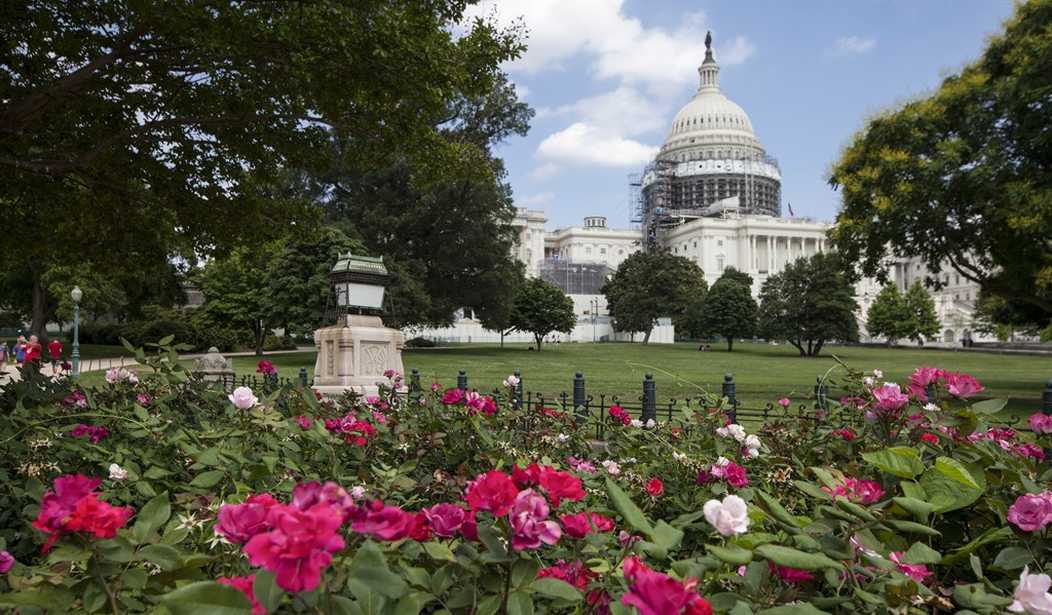The Census Bureau's annual report on income and poverty in the United States, released this week, did not focus on that fact. But it did note that real median household income was higher in 2015 than in 2014.
"Median household income was $56,516 in 2015, an increase in real terms of 5.2 percent from the 2014 median of $53,718," the report said in its "Highlights" section.
"This is the first annual increase in median household income since 2007, the year before the most recent recession," the report said.
In 2007 -- nine years ago -- real median household income (in constant 2015 dollars) was $57,423, according to Table A-1 in the report. America has not gotten back there yet.
In the nearly five decades between 1967 and 2015, according to that table, real median household income peaked in 1999 at $57,909. It has never been that high in the 21st century.
But the Census Bureau data also shows -- as it has shown in the past -- that some types of households tend to have higher incomes than others.
To modern American liberals, this would be evidence of a class war, where rich and evil people exploit the poor.
But the Census Bureau's Table FINC-01, which shows median household income by "characteristics of families," demonstrates something else.
In 2015, according to this table, "married couple families" had a median household income of $84,324. By contrast, families with a male householder and "no wife present" had a median income of only $49,895. Families with a female householder and "no husband present" had a median income of $34,126.
Recommended
Married couple families with no related children, according to Table FINC-04, had a median household income of $79,881. But married couple families with two or more children within the 6-to-17 age range had a median income of $99,027.
Married couple families in which the wife worked and the family had two or more related children within the 6-to-17 age range had a median income of $109,502.
Families where the householder had a bachelor's degree had a median income of $103,224. By contrast, families where the householder had a high school degree had a median income of $52,906, and families where the householder had attended high school but not graduated had a median income of $32,906.
One lesson from the Census Bureau data: If you want to do better financially in the United States, earn a degree, get married, have kids and work.
Another lesson: America needs a new era of economic growth.
The last time Gross Domestic Product grew by 3 percent or more in this country was 2005. Since then, we have had 10 straight years without that level of growth despite the fact that the last recession ended in June 2009. In the first and second quarter of this year, the economy grew at an annual rate of only 0.8 percent and 1.1. percent, according to the Bureau of Economic Analysis.
Yet from 2005 to 2015, real federal spending in constant 2009 dollars grew almost 23 percent, rising from $2.7221 trillion to $3.3360 trillion, according to the White House Office of Management and Budget's Table 1.3. Federal taxation grew almost 24 percent, rising from $2.3716 trillion to $2.9395 trillion.
The federal debt, according to the Treasury, grew approximately $10.22 trillion -- rising from $7.93 trillion at the end of fiscal 2005 to $18.15 trillion at the end of fiscal 2015.
The America we have seen so far in the 21st century is a nation where government spending, taxes and debt grow vigorously while the economy and incomes do not.























Join the conversation as a VIP Member